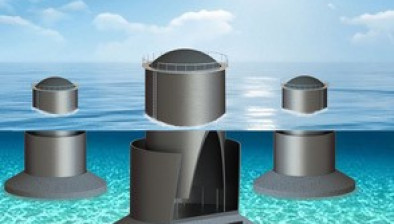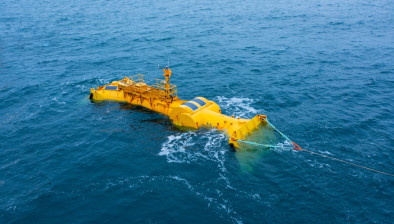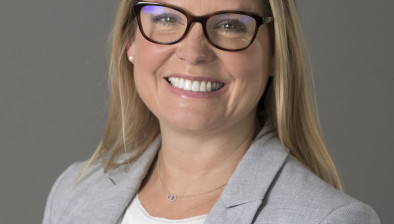Collaborative wave power project aims to decarbonise subsea operations
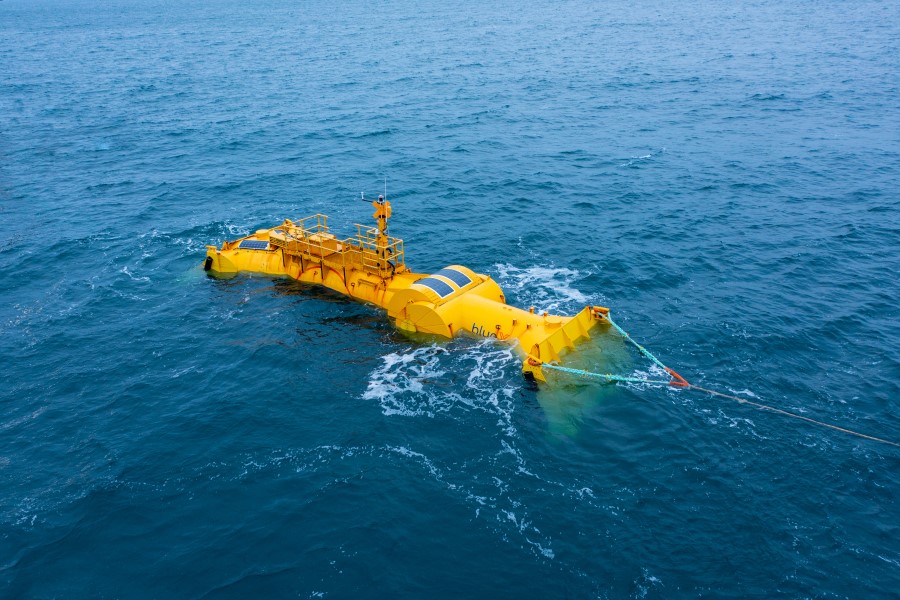
An ambitious collaborative project to power subsea equipment with wave power and subsea energy storage has taken to the seas in the north of Scotland.
The £2million demonstrator project, called Renewables for Subsea Power (RSP), has connected the Blue X wave energy converter – built by Edinburgh company Mocean Energy – with a Halo underwater battery developed by Aberdeen intelligent energy management specialists Verlume.
The two technologies have been deployed in the seas off Orkney and have now begun a minimum four-month test programme where they will provide low carbon power and communication to infrastructure including Baker Hughes’ subsea controls equipment and a resident underwater autonomous vehicle provided by Transmark Subsea.
The European Marine Energy Centre (EMEC) has supplied instrumentation to measure the speed and direction of currents during the deployment, whilst Wave Energy Scotland has provided £160,000 to support the integration of the umbilical into the wave energy converter.
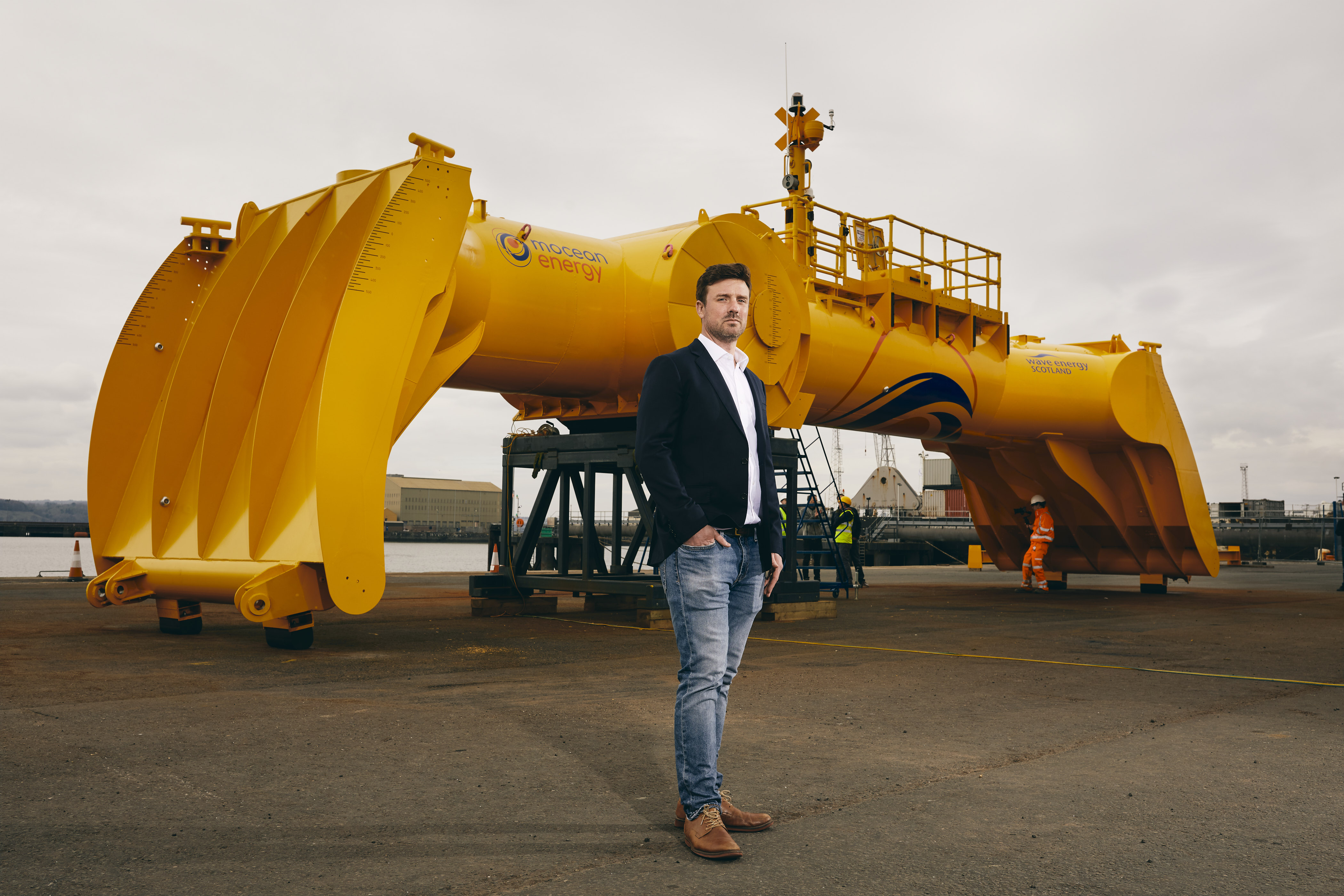
Cameron McNatt, Mocean Energy managing director
The project aims to show how green technologies can be combined to provide reliable low carbon power and communications to subsea equipment, offering a cost-effective alternative to umbilical cables, which are carbon intensive with long lead times to procure and install.
The Orkney deployment is the third phase of the Renewables for Subsea Power project which is being supported by consortium partners which include UK-based energy companies Harbour Energy and Serica Energy. Each phase of the programme has also been supported by grant funding from the Net Zero Technology Centre (NZTC).
In 2021, the consortium invested £1.6 million into phase two of the programme – which saw the successful integration of the core technologies in an onshore commissioning test environment at Verlume’s operations facility in Aberdeen.
They are now testing the entire system at sea at a site 5km east of the Orkney Mainland, raising the system’s technology readiness level (TRL) to 6-7 (actual system completed and qualified via test and demonstration).
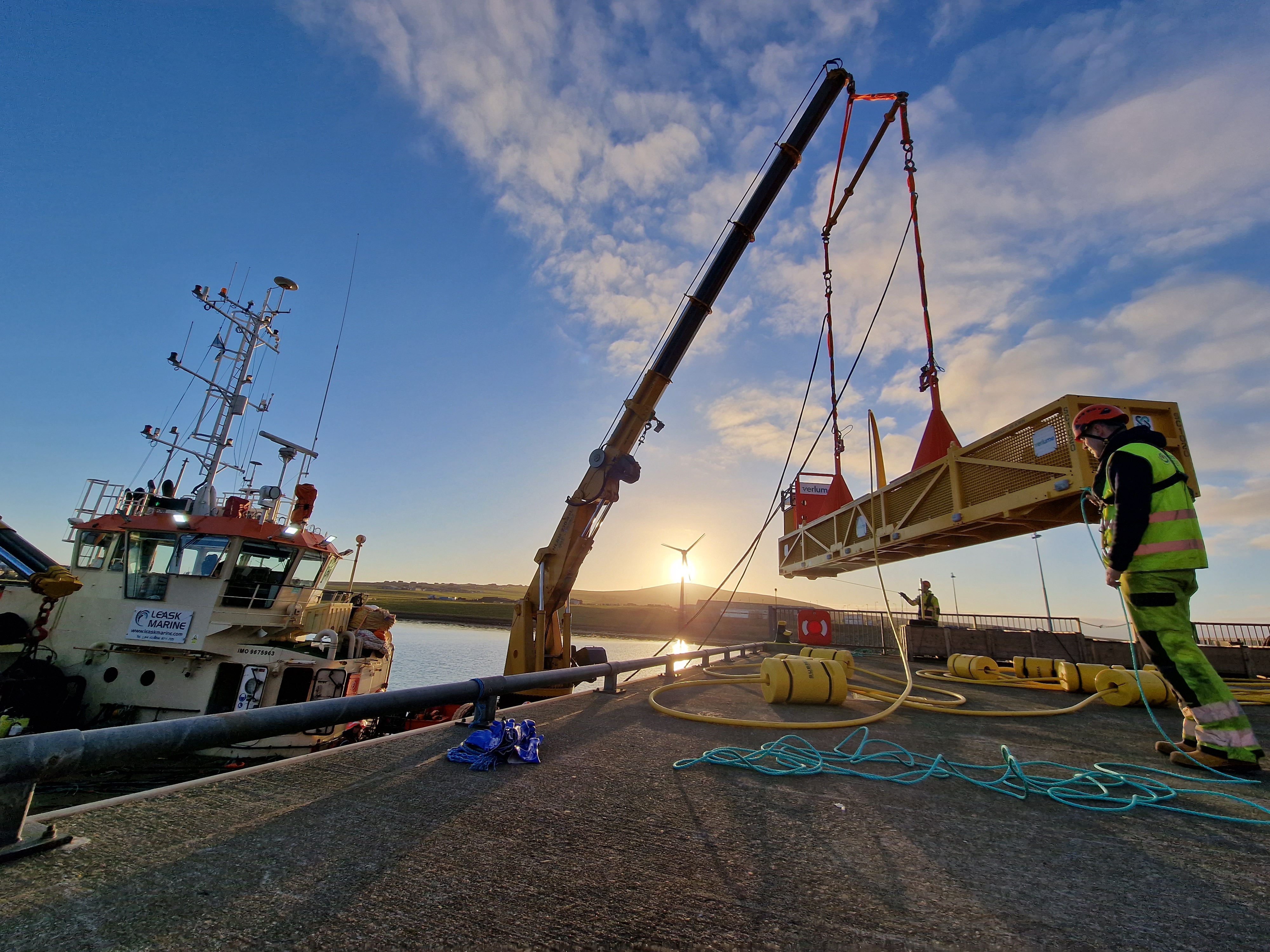
In 2021, Mocean Energy’s Blue X prototype underwent a programme of rigorous at-sea testing at the European Marine Energy Centre’s Scapa Flow test site in Orkney where they generated first power and gathered significant data on machine performance and operation. The Blue X programme was made possible through £3.3 million from Wave Energy Scotland which supported the development, construction and testing of the Blue X prototype at sea.
Cameron McNatt, Mocean Energy managing director, said: “This is a natural next step for our technology. The new test site east off Deerness offers a much more vigorous wave climate and the opportunity to demonstrate the integration of a number of technologies in real sea conditions.”
Verlume’s seabed battery energy storage system, Halo, has been specifically designed for the harsh underwater environment, reducing operational emissions and facilitating the use of renewable energy by providing a reliable, uninterrupted power supply. Halo’s fundamental basis is its intelligent energy management system, Axonn, a fully integrated system which autonomously maximises available battery capacity in real time.
The RSP Halo system is the second variant that has been built for commercial wave power integration and the first to be built at Verlume’s 20,000 square foot facility in Dyce, Aberdeen.
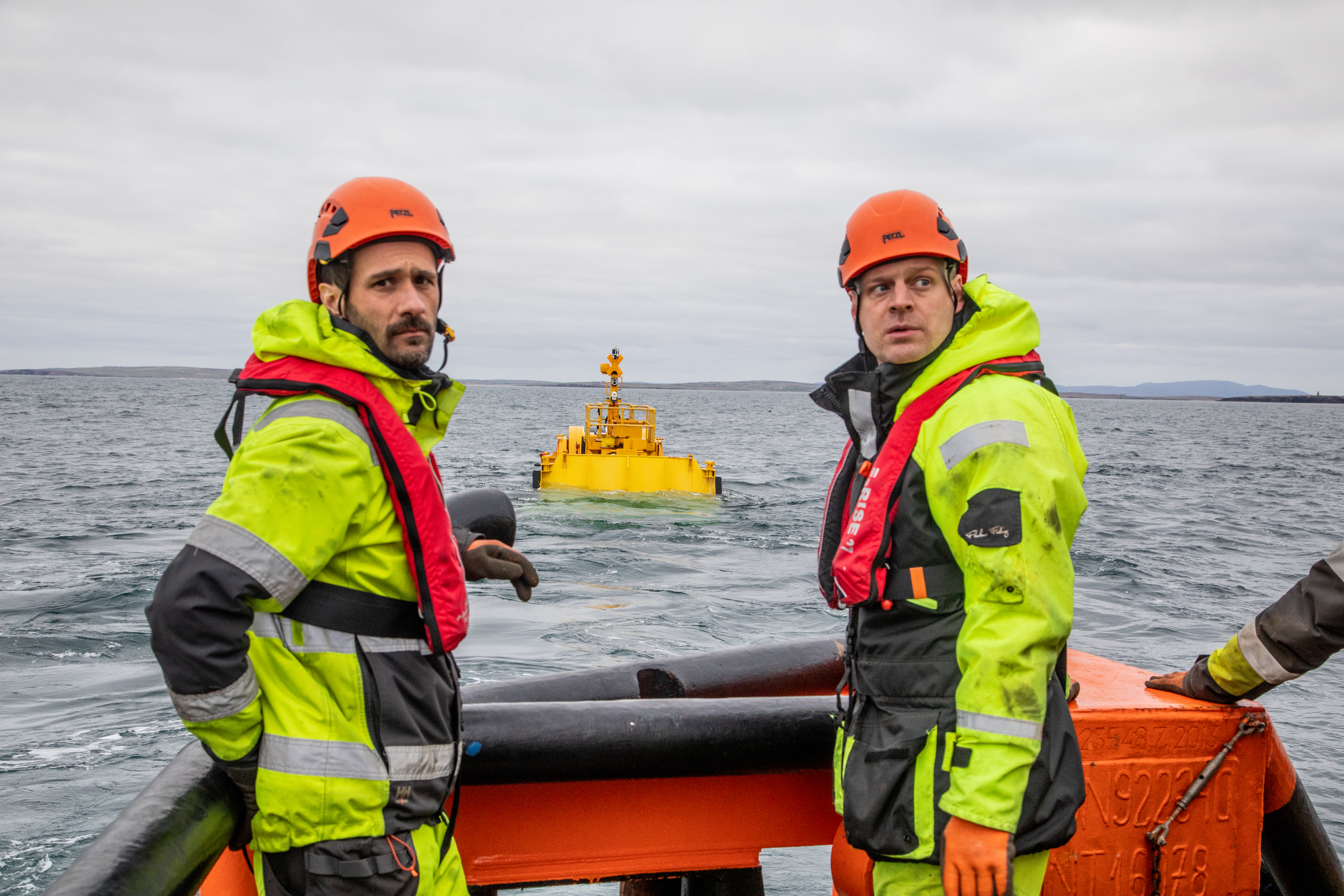
Andy Martin, chief commercial officer at Verlume, added: “This offshore test programme is the pinnacle of the success to date in this project, we are very much looking forward to the Halo being deployed. The testing will provide a great opportunity to gather high quality performance and operational data which will support the further electrification of the subsea sector.”
Alex Seinuah, Baker Hughes Growth Hub leader, said: “The integrated deployment of our renewable subsea power solution in Orkney is a historic moment for all partners involved. Baker Hughes looks forward to sharing the outcome of the offshore deployment with its customers, who are looking at field electrification via renewable sources.”
“This is a fantastic opportunity to further test our resident autonomous underwater drone in an open sea environment” says Nigel Money, managing director Transmark Subsea Ltd. “We currently run the system in salmon farming nets, which is a more closed environment. Mocean and Verlume’s solution fits very well with our product and allows us to demonstrate broader operational capabilities of an off-grid resident AUV. Our dock and drone is designed to be easily deployed anywhere and the RSP project is a great demonstrator of this capability.”
Graeme Rogerson, Renewables Theme Lead at the Net Zero Technology Centre, concluded: “Mocean joined our TechX programme in 2019, and we have supported the development of the ‘Blue X’ wave energy converter alongside Verlume’s underwater battery ‘Halo’. We are delighted to support this final phase field trial as we see the potential for the RSP system as a dispatchable energy source to provide reliable renewable energy for remote off-grid applications, powering subsea tiebacks to injection wells for CCS.”





















